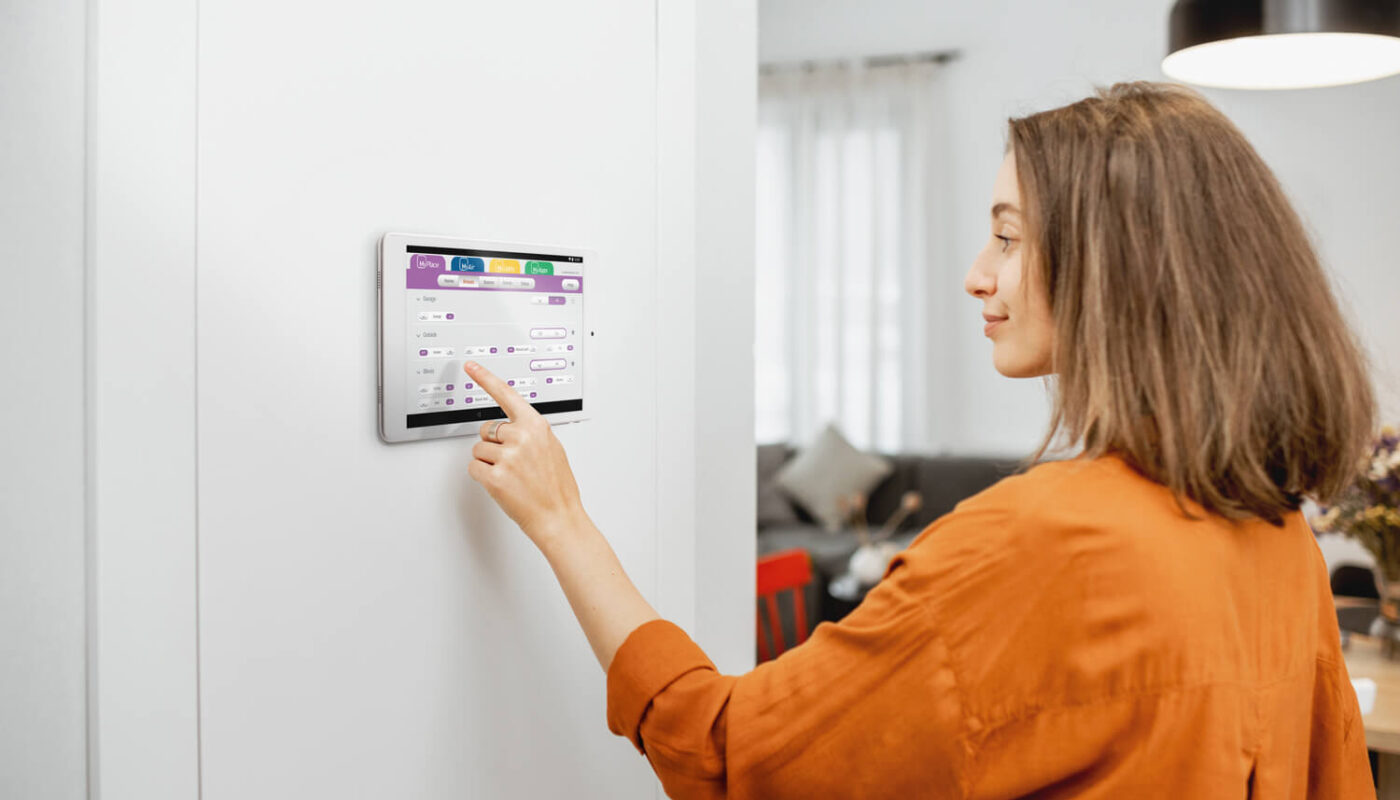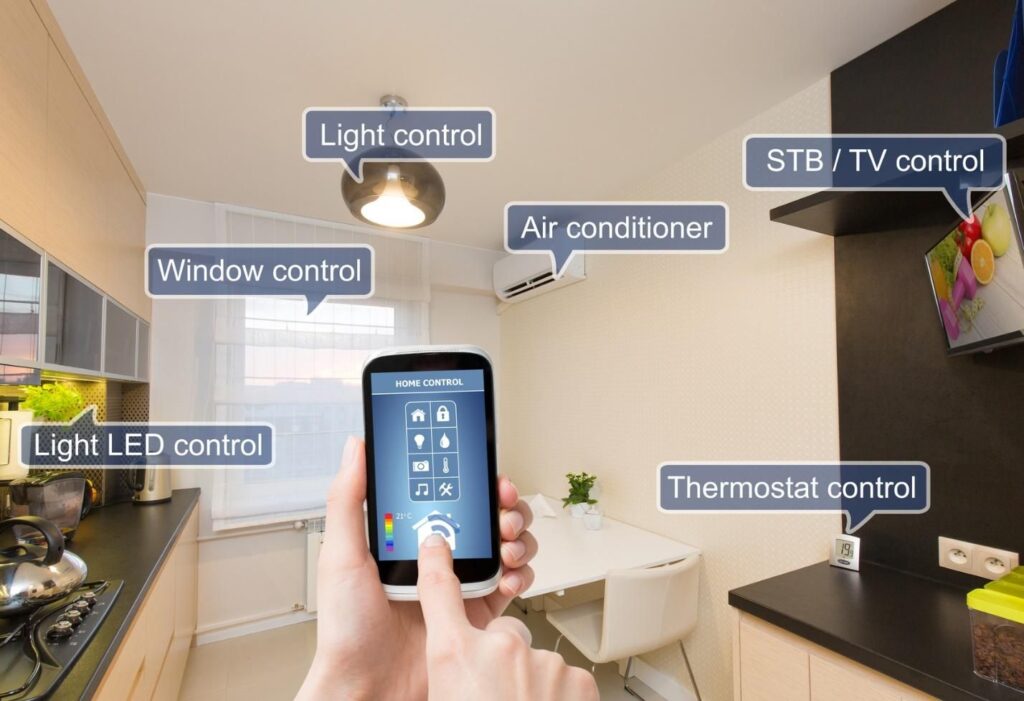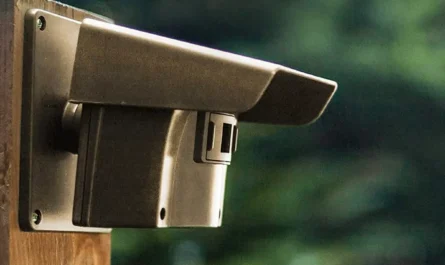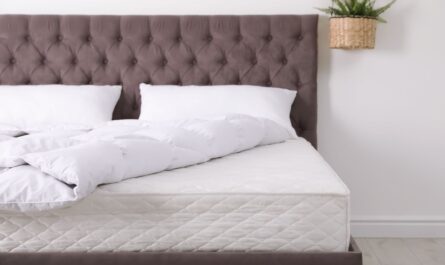How is a smart home different from a standard home? First of all, it is more convenient. Householders do not have to worry about the iron being turned on, as they can check at any time whether it is actually still heating. Equipping an apartment with such technologies does not have to be difficult at all. In a moment you will learn how to create the most basic smart home system yourself. It will consist of smart lighting, smart plugs, and a voice assistant.
Page Contents
Smart home – where to start?
Smart home until recently was associated with very expensive building automation systems, which were installed in the first stages of finishing the apartment. Nowadays, in order to enjoy a smart home, you don’t have to forge walls or decide to renovate. All you need to do is replace a few appliances with their smart counterparts. We suggest starting with lighting, then it’s worth getting some smart plugs, and finally syncing all these devices with a voice assistant. Here’s how to do it.
You might be interested to see the article Philips hue vs wiz.
Step 1 – we install smart lighting
To enjoy smart lighting, all you need to do is replace your existing light bulbs with smart ones. Let’s assume they will be Philips Hue products.
All Philips Hue bulbs can communicate with the Hue app via Bluetooth. We can control as many as 10 bulbs this way. However, if it turns out that this is not enough, it will be necessary to purchase a bridge – with this device the system can be expanded to as many as 50 light points. The bridge needs to be connected to the router and then synchronized with the bulbs and lamps in each room.
The Philips Hue system includes not only light bulbs but also various types of controllers including motion sensors. It’s worth mounting them, for example, at the entrance to the house or at the bed frame. Then:
- The light in front of the house will turn on as soon as you approach the front door. It will also deter burglars. In full light, they are unlikely to feel like tinkering with the lock.
- When we have to get out of bed at night, a soft night light will be activated, which should not arouse us. After a certain amount of time, it will turn off on its own.
Of course, sensors can also be found in other places, such as by the stairs. We have described only two of their many uses.
However, sensors are not necessary to enjoy smart lighting in the house. In practice, bulbs and an app are enough. Already having such a set, we can program the lighting in the house to work in accordance with our habits, for example, gradually dimming from a certain hour. Besides, if we agree to geolocation, the lights in the driveway and hallway will turn on anyway when the app sees us approaching the house.
The system also has many other interesting features. For example, we can set light notifications in the app – so the light can flash certain colors when we receive an important email or when the time required to cook rice has passed. So it’s not as if smart lighting in the home boils down to automatically turning lights on and off in response to movement. There are many more possibilities, and the system can be expanded all the time.
Step 2 – we supplement the system with smart plugs
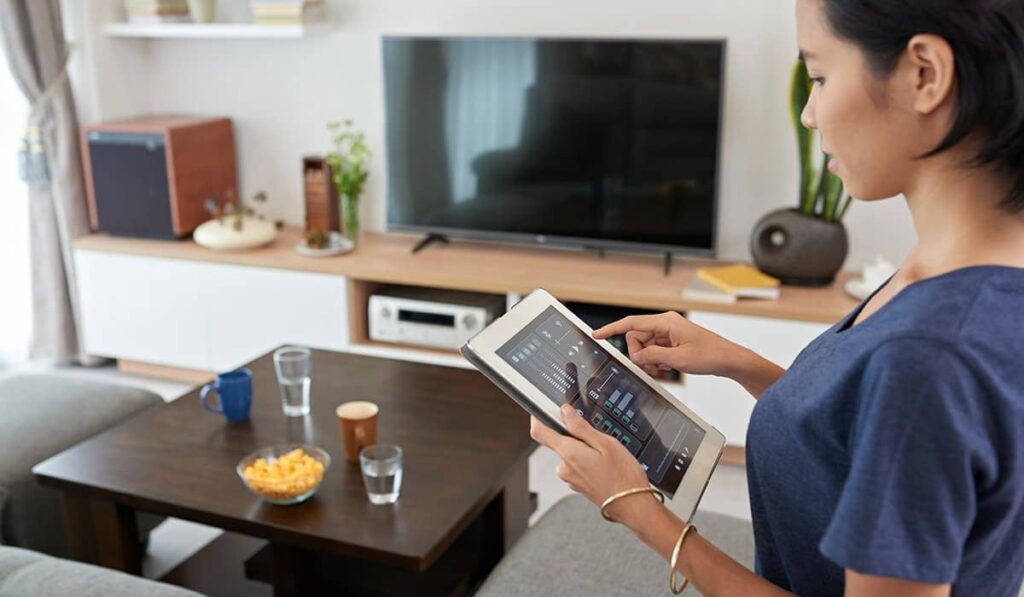
Smart plugs can be found in the offer of many companies. The way they work most often boils down to the same scheme. We install them in a traditional electrical contact, configure them in a dedicated application, and can remotely turn on and off devices connected to the plug.
In practice, this means that:
– We can set water for tea while sitting on the couch (provided there is water in the kettle, of course).
– We don’t have to worry about the iron is on, because we can easily turn it off in the app.
Smart outlets are also great for hard-to-reach places, such as behind an armchair or couch. To turn off some equipment from the outlet, you no longer need to move the furniture, because you can do it remotely. Besides, in the app, controlling the outlets, you can also create schedules.
Step 3 – synchronize smart lighting and plugs with one of the voice assistants
Both the Philips Hue system and most of the smart plugs on the market can be synchronized with Google Home, Amazon Alexa, or Apple HomeKit. This is definitely worth doing. Then, wanting to turn on the light or boil water for tea, we won’t even have to reach for the phone. All we have to do is say “Ok Google, turn on the living room light” or “Ok Google, turn on the kettle.” It’s a bit like having an invisible helper moving around the house doing simple tasks for us.
What other devices can a smart home be expanded with?
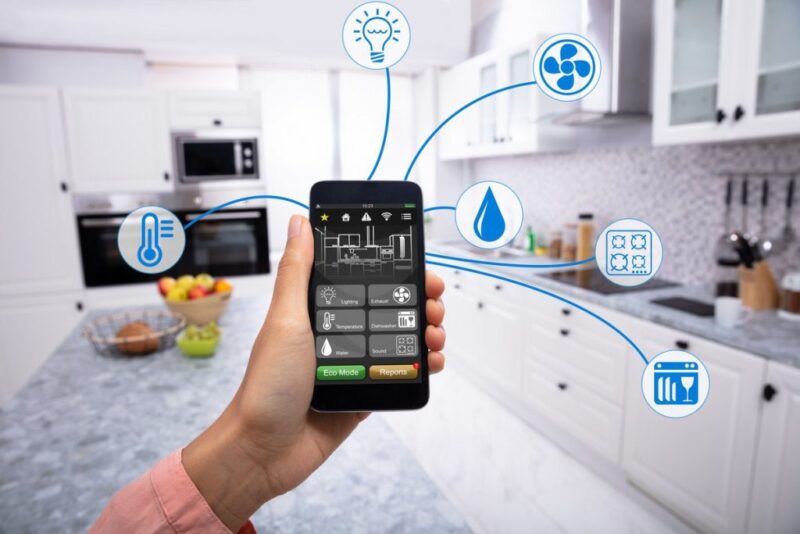
There are plenty of possibilities. The choices include:
Infrared smart remotes. With their help, you can remotely control all devices with infrared remote control, such as the air conditioner. So in the summer, you will remotely cool your apartment before you return from work. When you pass the threshold of the house, the temperature will be optimal for a peaceful rest.
Smart alarms. With this category of devices, you can check the images recorded by cameras in the house at any time. If the motion sensors detect something suspicious, they will notify you immediately.
Smart smoke, chad, and flood detectors. Like an alarm, they will immediately notify you of an unusual situation by sending a notification to the app.
Smart technologies to diversify your home entertainment. Just mention the Philips Hue HDMI Play Sync Box. If we supplement our smart home system with it, we will be able to synchronize lighting with the image on the TV screen. This will bring even more excitement to movie screenings and console games.
Besides, there are many other devices on the market, thanks to which we gain much more control over what is happening at home.
